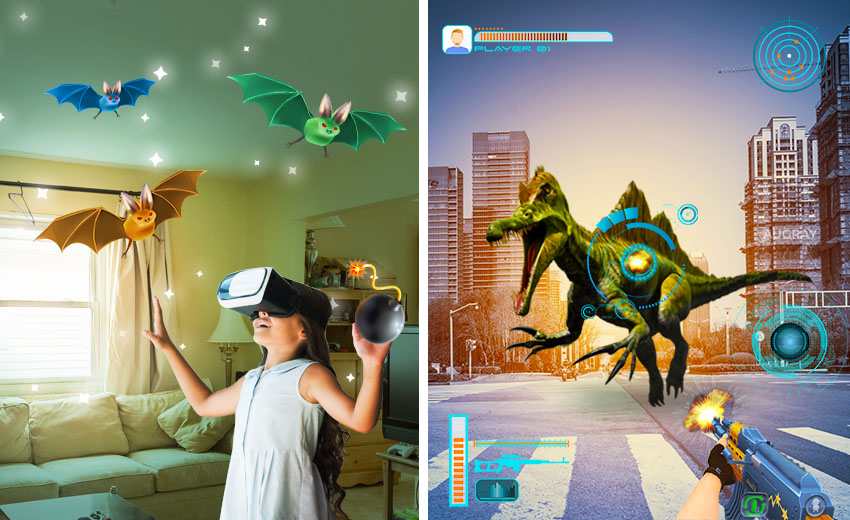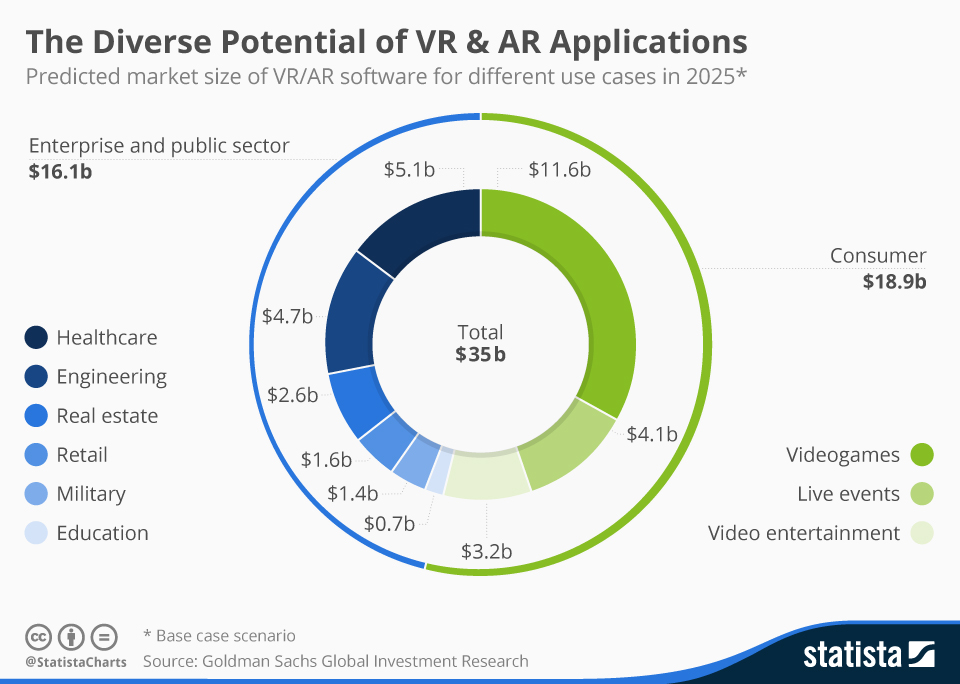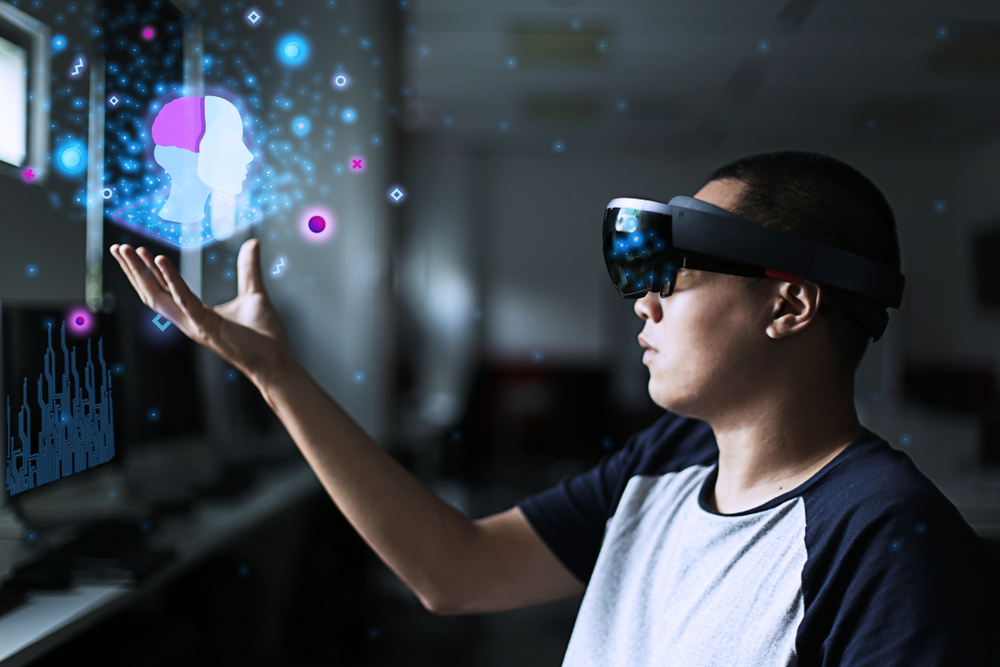

The Meta 2 AR headset contains a camera that captures the user’s hands, providing a particularly intuitive system for controlling holograms. The headsets of U.S.-based company Meta are equipped with a transparent display that allows for natural interactions with virtual objects. While the introduction of Google Glass into the mass market failed, the industry continues to rely on data displays via glasses. Last but not least, an all-important issue must be resolved: how can data ownership be indicated in legally pertinent ways? If AR applications are used in the public space, say, householders’ rights or special use rights must be considered. They illustrate how the connection between virtual and real worlds is formed. Legal implications concern the Interstate Broadcasting Treaty, the protection of minors, telemedia law, and competition law.Įven legal domains that appear rather absurd at first glance will play a role. In such cases, product placement is a key field of application. When the business model consists in analyzing user behavior, regulatory questions must be addressed. In both areas, aspects of personality rights and privacy laws are involved. Further, the question arises whether the broadcaster enjoys individual rights as an organizer. Simply broadcasting a live concert in a 360-degree environment via a VR application, for example, involves more than copyright issues, such as the licensing of music rights. All areas of intellectual property law overlap here. There are challenges, however, when it comes to clarifying the legal rules that apply to these scenarios. Users simply hover their smartphone camera over an item for the screen to show information on top of the image. The mobile app Layar, for instance, shows users embedded digital content and has a geo-layer feature to find nearby restaurants and events. The biggest opportunities are new interfaces between humans and machines that enable customer communication, such as B2B or B2C. Rather, it puts an interactive, virtual layer on top of the real environment, thus displaying additional information. In contrast to Virtual Reality (VR), AR does not create an independent, artificial world. The same goes for smartphone games, such as Pokemón Go, or voice-controlled artificial intelligence systems, such as Cortana (Microsoft) and Watson (IBM).
US VENTURE PARTNERS AUGMENTED VIRTUAL REALITY TV
AR enriches our lives in new dimensions.įor example, the computer-assisted visualizations used by sports commentators on TV are nothing but AR.

Augmented Reality (AR) connects us with our environment in innovative ways.

Alexa’s voice from Amazon Echo reminds us of appointments and our navigation systems guide us through traffic. Artificial intelligence already pervades our lives.


 0 kommentar(er)
0 kommentar(er)
